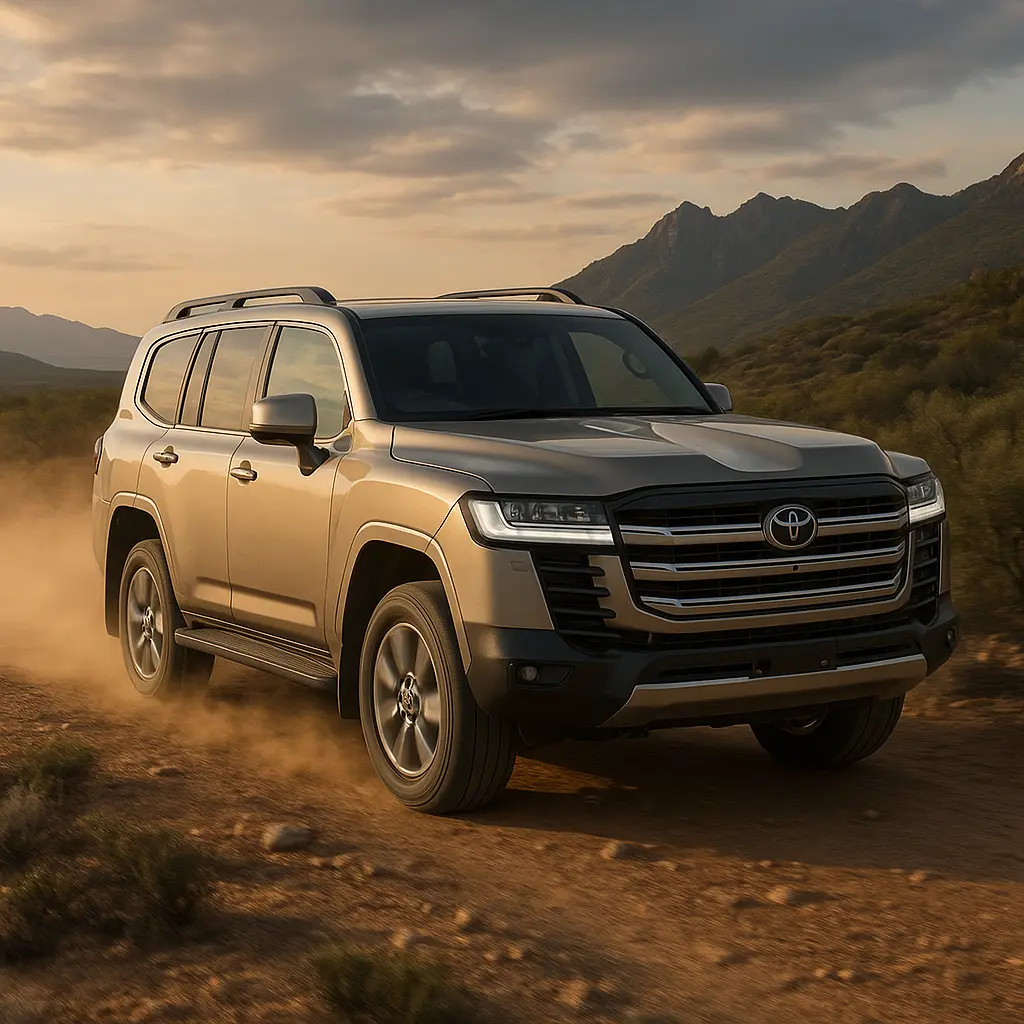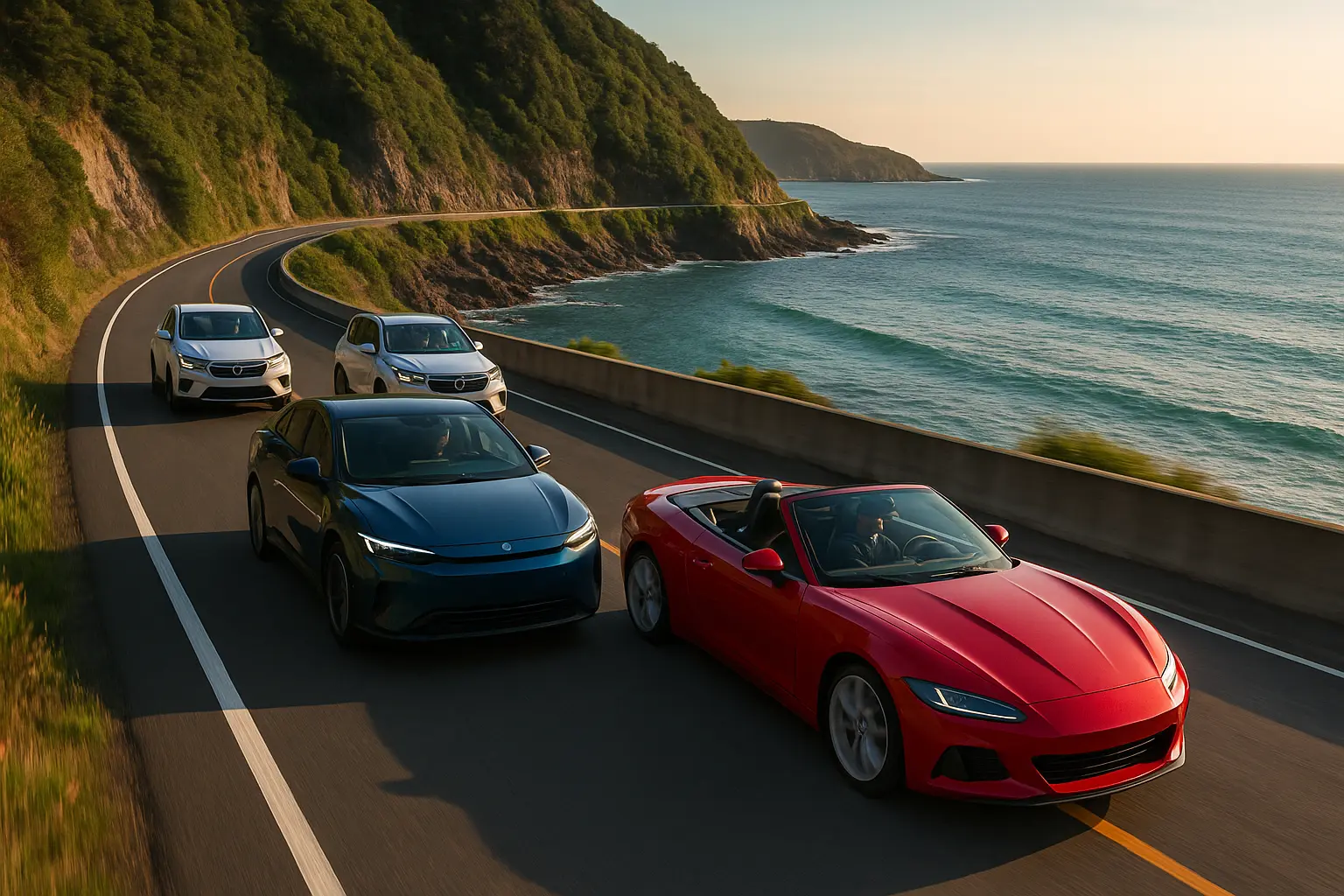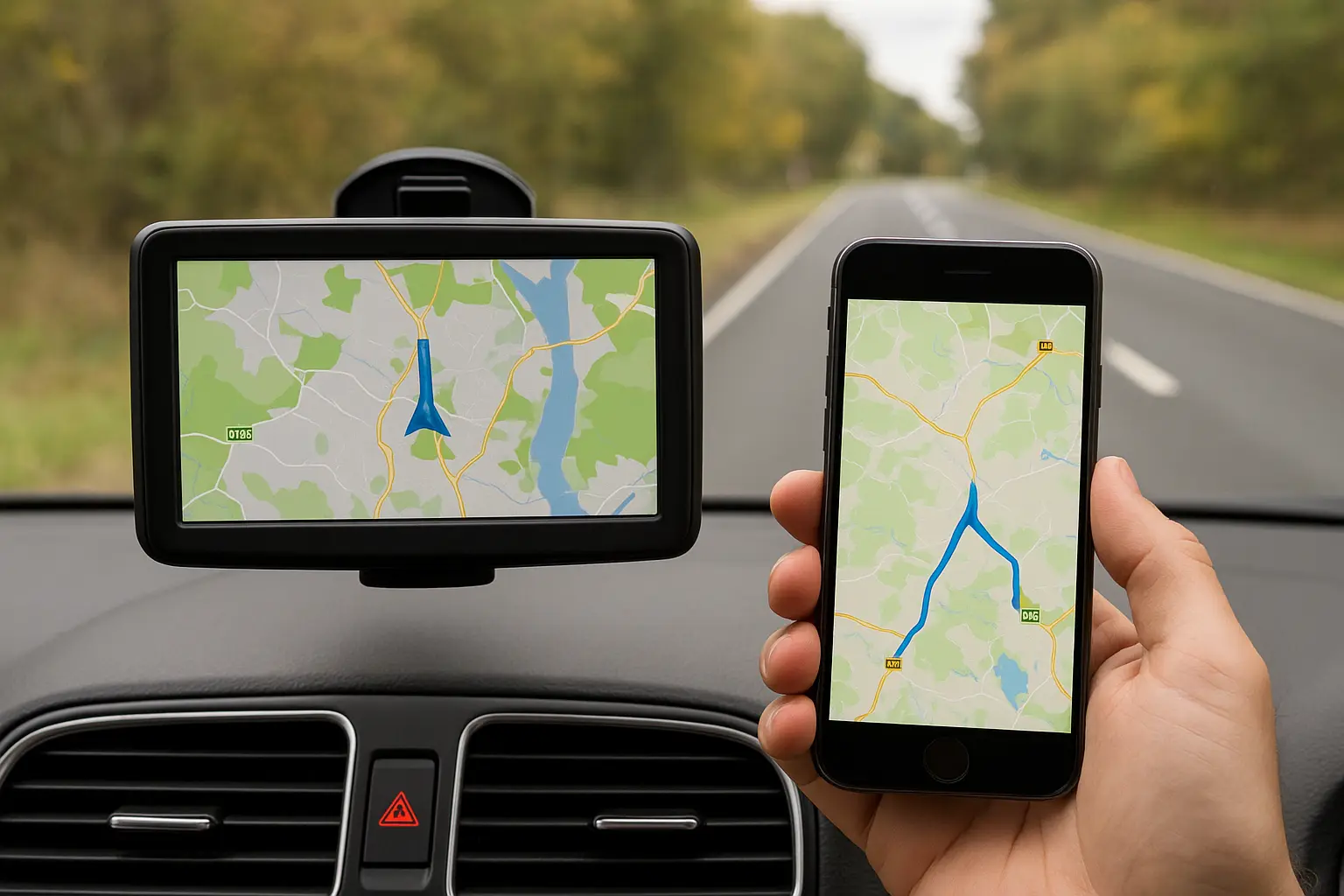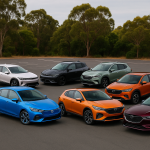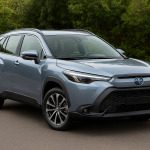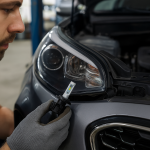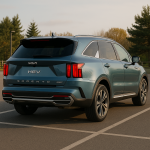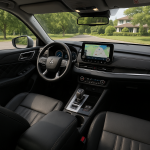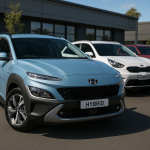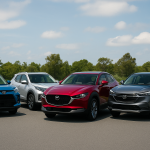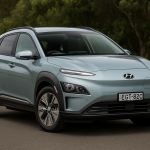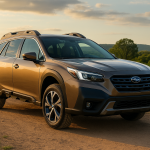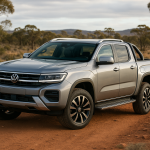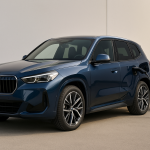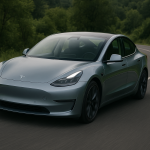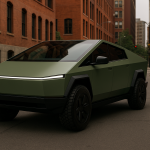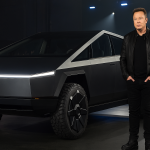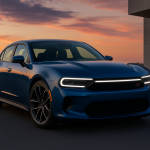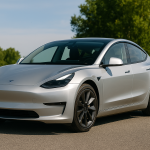Australia is one of the most unique places in the world to own a 4x4. With its combination of endless beaches, rugged outback tracks, snow-capped mountains, and bustling cities, few countries demand as much versatility from their vehicles. For decades, Australians have relied on tough, capable four-wheel drives not just as recreational vehicles but as essential tools for work, family travel, and exploring regions where sealed roads disappear.
In 2025, the Australian 4x4 market is more competitive than ever. Buyers now have a broad range of options — from hardcore off-roaders built to conquer the Simpson Desert, to luxurious SUVs capable of towing a caravan across the country while keeping passengers comfortable. Whether you’re looking for a dual-cab ute, a family SUV, or an adventure-ready wagon, there’s a 4x4 that fits your lifestyle.
This comprehensive guide explores the top 4x4s in Australia, breaking down their off-road credentials, towing ability, technology, safety, and everyday comfort.
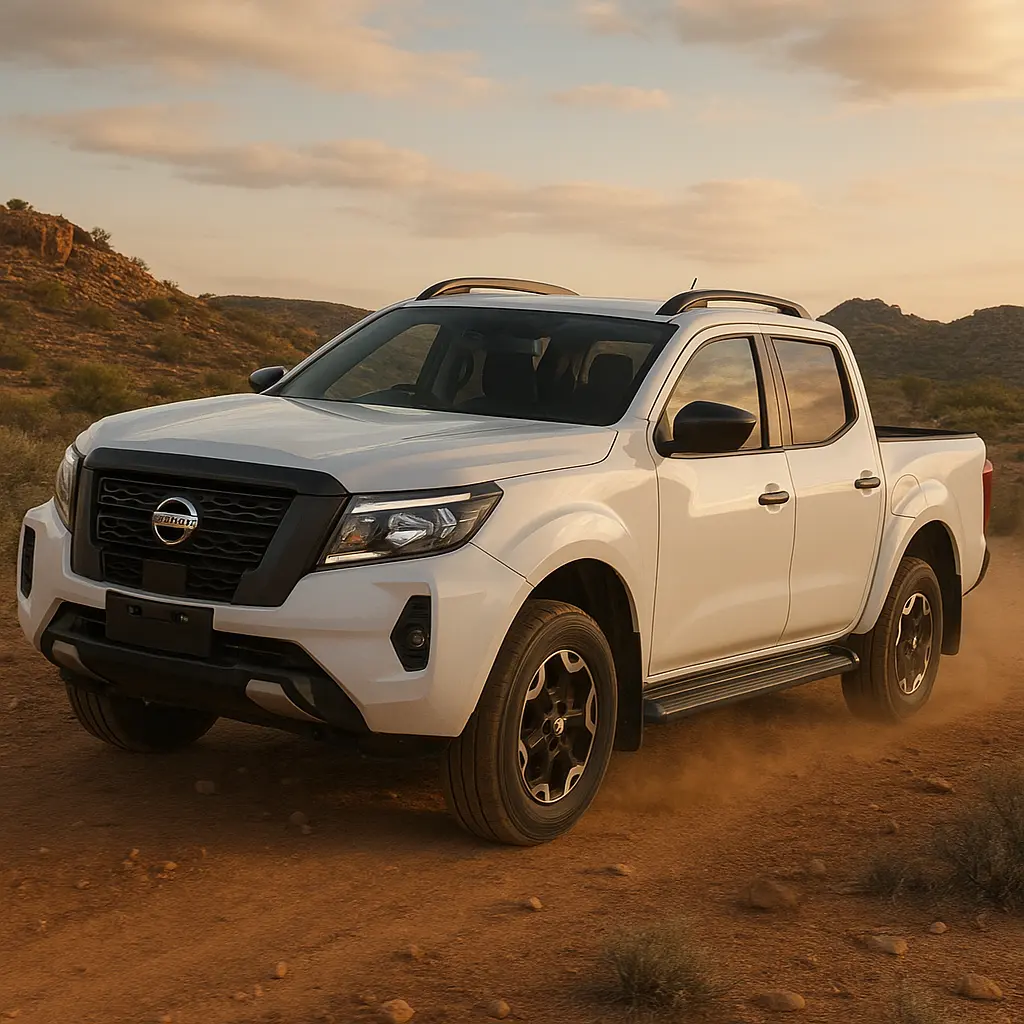
Why 4x4s Are Popular in Australia
Australia’s geography and culture explain why 4x4s are consistently among the nation’s top-selling vehicles. Unlike Europe or Asia, where compact hatchbacks and city cars dominate, Australia leans toward utility and adaptability. Key reasons include:
- Outback travel: Huge distances and remote terrain require cars that can handle corrugated roads, sand, mud, and rocky trails.
- Caravan towing: The “big lap” around Australia is a bucket-list adventure, and caravanners need powerful 4x4s with strong towing capacities.
- Worksite practicality: Tradies and miners rely heavily on utes and wagons that can withstand heavy loads and harsh environments.
- Lifestyle appeal: Surfing trips, camping weekends, fishing expeditions, and snow holidays all align with vehicles that can carry gear and handle dirt tracks.
- Safety in unpredictable conditions: From sudden floods in the tropics to icy roads in Tasmania, 4WD systems improve control and traction.
Categories of 4x4s
Before diving into individual models, it’s useful to separate Australia’s 4x4 market into three main categories:
Dual-Cab Utes
These are Australia’s best-sellers. Dual-cabs like the Toyota HiLux, Ford Ranger, and Isuzu D-MAX combine the practicality of a workhorse with the versatility of a family car. They offer high towing capacities, tray space, and serious off-road ability.
Off-Road Wagons
These are purpose-built adventure vehicles such as the Toyota LandCruiser, Nissan Patrol, and Jeep Wrangler. They excel in challenging environments and often come with heavy-duty 4WD systems, differential locks, and rugged chassis setups.
Large SUVs with 4x4 Capability
Vehicles like the Land Rover Defender, Mitsubishi Pajero Sport, and Hyundai Santa Fe Hybrid AWD blend family comfort with moderate off-road ability. They aren’t as hardcore as the LandCruiser, but they balance on-road refinement with off-road versatility.
The Best 4x4s in Australia
Let’s explore the standout vehicles that dominate Australia’s 4x4 landscape in 2025.
Toyota LandCruiser 300 Series
Few names carry the legendary weight of the LandCruiser. The 300 Series has continued Toyota’s reputation for durability, long-distance touring, and unmatched reliability.
- Engine: 3.3L twin-turbo diesel V6
- Power/Torque: 227 kW / 700 Nm
- Towing Capacity: 3,500 kg braked
- Why it stands out: Designed for long-haul outback journeys, the LandCruiser has unparalleled reliability and resale value. It’s a favourite of farmers, government fleets, and travellers tackling remote tracks like the Canning Stock Route.
Nissan Patrol Y62
For buyers who prefer petrol power, the Nissan Patrol remains an icon. Known for its brute strength and spacious interior, it’s ideal for caravan towing.
- Engine: 5.6L V8 petrol
- Power/Torque: 298 kW / 560 Nm
- Towing Capacity: 3,500 kg
- Why it stands out: Smooth petrol V8 power makes towing effortless. Its size and comfort rival luxury SUVs, while aftermarket support makes it popular with off-road modifiers.
Ford Ranger
Australia’s top-selling vehicle is also one of the most versatile 4x4s. The Ranger offers everything from tradie-ready base models to the high-performance Raptor.
- Engines: 2.0L bi-turbo diesel, 3.0L V6 diesel, or 3.0L petrol V6 (Raptor)
- Towing Capacity: 3,500 kg
- Why it stands out: Packed with modern technology, excellent suspension tuning, and intuitive infotainment. The Ranger is equally at home on job sites and family holidays.
Toyota HiLux
Australia’s perennial best-seller for many years, the HiLux has proven itself in reliability and off-road ruggedness.
- Engine Options: 2.8L turbo diesel
- Towing Capacity: 3,500 kg
- Why it stands out: It’s not the most luxurious, but its durability in harsh environments makes it a trusted choice for remote travel and heavy work.
Isuzu D-MAX
The D-MAX has surged in popularity thanks to its balance of reliability, safety, and affordability.
- Engine: 3.0L turbo diesel
- Towing Capacity: 3,500 kg
- Why it stands out: Exceptional safety features (ANCAP 5-star), a strong reputation for reliability, and lower ownership costs compared to rivals.
Land Rover Defender
The reborn Defender has transformed into a modern SUV without losing its adventurous spirit.
- Engines: 4-cylinder and 6-cylinder turbo petrol/diesel options
- Towing Capacity: 3,500 kg
- Why it stands out: Luxury meets adventure. It blends advanced off-road systems with a premium interior, making it popular with those who want prestige alongside capability.
Mitsubishi Pajero Sport
One of the more affordable large SUVs with serious 4WD credentials.
- Engine: 2.4L turbo diesel
- Towing Capacity: 3,100 kg
- Why it stands out: A great value proposition for families. It’s versatile enough for city driving, family road trips, and light off-roading.
Jeep Wrangler Rubicon
The Wrangler is a global icon for hardcore off-roading.
- Engine: 3.6L V6 petrol
- Why it stands out: Detachable doors and roof, rock-crawling ability, and heritage design. Best suited for buyers who want adventure as a lifestyle.
Key Factors When Choosing a 4x4
When buying a 4x4 in Australia, consider the following factors:
- Towing capacity: Essential if you plan to tow caravans, boats, or trailers.
- Ground clearance: Determines ability to clear rocks and ruts.
- Approach and departure angles: Important for tackling steep inclines and descents.
- Engine choice: Diesel engines dominate for torque and efficiency, while petrol engines offer smoothness and performance.
- Fuel efficiency: Remote travel means fuel range is critical.
- Technology: Modern 4x4s offer driver aids such as hill descent control, terrain management, and advanced infotainment.
- Safety: Look for ANCAP 5-star ratings and features like adaptive cruise control, blind-spot monitoring, and AEB.
The Future of 4x4s in Australia
The Australian market is slowly shifting toward electrification, but challenges remain. EV utes and SUVs like the BYD Shark EV Ute and Tesla Cybertruck (if it launches locally) could reshape the market, but charging infrastructure in remote regions is still limited. Plug-in hybrids and mild hybrids are expected to become more common in the coming years, especially in urban 4x4s.
Conclusion
Australia’s love affair with 4x4s isn’t fading anytime soon. From the workhorse Toyota HiLux to the luxurious Land Rover Defender, there’s a 4WD to match every lifestyle. Whether you’re a tradie needing a reliable ute, a family chasing adventure, or a retiree planning the big lap, the Australian market offers an unmatched variety of capable, reliable, and exciting options.
Choosing the right 4x4 comes down to matching the vehicle to your needs: towing, off-road exploration, daily commuting, or all of the above. With the strength of today’s line-up, Australians are spoilt for choice.
Leave a comment
Your email address will not be published. Required fields are marked *


